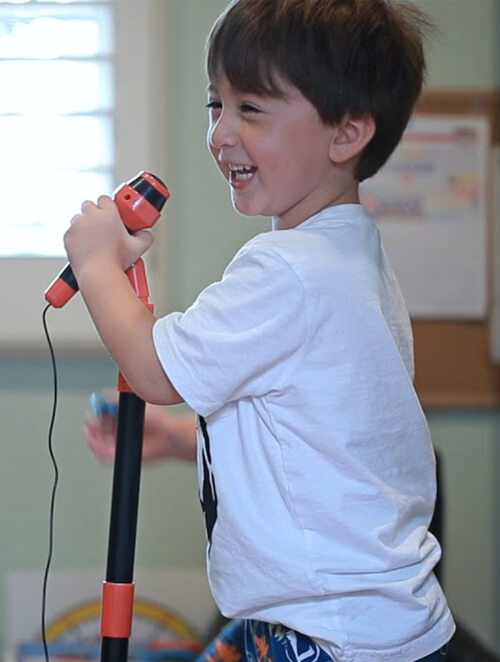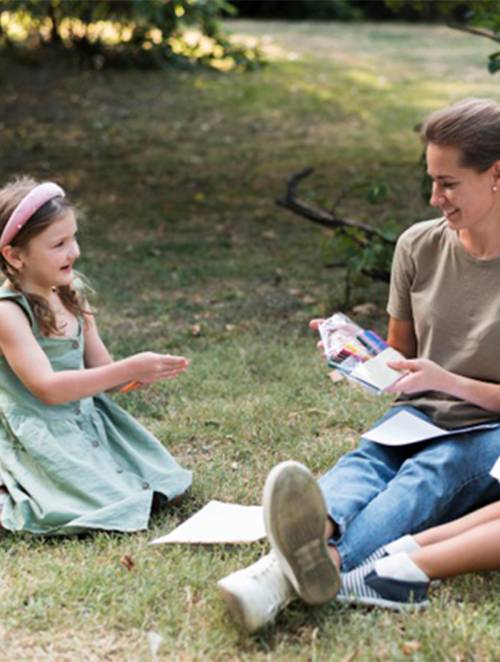coding platform for kids | Free coding course | code.org
 46241
46241

super easy
Coding for kids is gaining popularity these days as it not only makes them think out of the box but helps set themselves up for a tech-based future where they’d be able to solve real-time challenges with a few lines of code! This has made parents give a thought to coding for their kids from an early age, and surprisingly, kids as young as 7-years can start programming their apps, websites, games, and much more.
Tanmay Bakshi, Muhammad Hamza Shahzad, Bill Gates, Isabel Sieh, and Daphne Koller are some of the eminent names who jumped into the world of coding at an early age and paved the way for others. If you’re too passionate about this thought, there’s a coding platform for kids, namely Code.org, which offers the best approach for getting into coding.
Code.org is an idea of two American brothers Hadi Partovi and Ali Partovi, to make coding more accessible to kids around the world free of cost. This is the biggest advantage associated with the platform as it also helps you note whether your child has any inclination towards programming or not before enrolling him/her in an expensive program. However, the platform, though incepted in 2013, isn’t much among the talking to date, and that’s the reason behind curating this article for you all.
What is Code.org?
Developed by the two American brothers, Code.org is a free and non-profit coding and computer science learning platform catered to broadening the participation of young kids (K-12) from every corner of the world in coding, especially those from the underrepresented groups. Being a non-profit platform, it is financially backed by tech giants including Microsoft, Google, Amazon, the Infosys Foundation, Facebook, and many more. Code.org is on a mission to improve diversity in coding & computer science by reaching out to every classroom to inspire more and more students. 
How did the idea of Code.org shoot up?
The idea of Code.org as a worldwide movement picked up pace from the day when Hadi Partovi and Ali Partovi were facilitating CS and coding over YouTube, terming them as the need of the hour for the young students. That video clambered to the #1 rankings over the platform and succeeded in reaching out to over 15k schools that exhibited their school’s kids’ interest in CS and coding. This prompted them to expand themselves from a bootstrapped staff of computer science to its volunteers, and this is how the idea of setting up a platform Code.org came to their fore. ![]()
Who is the intended audience of Code.org?
Not all learning resources and platforms can suit the demographics of every student, and this can make a difference in their learning experience. Keeping this in mind, Code.org has a quality curriculum distributed in multiple age groups from K-12. This makes it possible for kids from any age group to reap the benefits of the learning process and relish coding & computer science side-by-side of their primary education.
Fulfilling one of their motives of expanding the diversity in coding is the fact that 20M of their students are young girls, the majority of them belonging to the underrepresented groups. This is an important progress for the organization as it is assuring that the reach of the platform is expanding on all fronts. Another best thing about Code.org is that the platform is currently used in 200+ countries, and there are over 63 languages for students to learn and enjoy the courses in their native language, a major barrier between learners and knowledge.
Did You Know
Most of the tutors (over 1M in numbers) around the world have been using Code.org for teaching computer science and coding since its inception in 2013.
Popular courses on Code.org
Coming to the courses on Code.org, you’ll find different courses addressing the different age groups starting from Kindergarten (K) to all the way through high school. Each of the following courses is intended for a thorough and all-around education on computer science and coding. Note that the platform offers both full-length courses and courses that kids can take-up any time they feel comfortable in doing so, first of being the Hour of Code.
1. Hour of Code
Frankly speaking, Hour of Code (HoC) is more like an event than a course. Code.org had recently launched this course complying with the pleas made by the parents whose kids were unable to commit themselves to a full-length course. The course involves the entire curriculum of computer science broken up into hour-long tutorials. The aim behind this is to feed the computer science lessons to kids in fun-filled small chunks at their convenience.
As a result, the platform has been able to reach a further 10 million understudies in over 180 countries in over 30 languages. Being a course-cum event, Hour of Code has been successful in planting the interest for coding in the students quicker than ever. Another feature that sums up the success of the course is that your kid can have access to HoC’s tutorials through any device of their choice like a smartphone, laptop, tablet, PC, etc.
2. Computer Science (CS) fundamentals
Computer science fundamental course is specifically designed for elementary level students owing to their improved grasping power. The program constitutes a total of seven units, the first being for those in Kindergarten and then from Grade 1st to Grade 5th. Each of these units comprises a blend of self-paced and well-curated lessons with offline coding activities to test your knowledge. It doesn’t matter whether your kid is a novice to programming or has some knowledge about it; it’s never bad to recall from scratch. So, we recommend attending the course from the Kindergarten unit.
The knowledge shared in the computer science fundamental course will instill sufficient coding skills in your kids to let them program their apps, games, art pieces, etc. Guess what? Code.org provides kids full freedom to share their creative projects everywhere they want. Code.org’s elementary level course uses Blockly, which is a free and open-source Google software to let children practice coding through the drag & drop functionality.
3. CS Discoveries
For kids studying in middle and high schools, that’s kids in the grades 6-10, Code.org offers this CS Discoveries course. The course encompasses student-friendly tutorials on the basics of computer science to help them develop their own computer science relics. Besides being fun-filled, the course is proven to embrace their critical thinking skills, creativity, communication skills, and other characteristics.
Going a notch higher through this course, you’ll witness your little one developing more advanced apps, games, and even computing systems. You can even tailor the course to your child’s convenience, like a single-semester course, a full-year course, etc. Below are the following six units that are covered in CS Discoveries.
- The problem-solving unit incorporates puzzles, real-life situations, and challenges to teach computer science.
- The web development unit wherein the students will learn how a website works, its components like debugging, website structure, etc.
- An interactive application and games unit packed with lessons on games development, animations, art & craft, etc.
- The design process unit involves advanced CS lessons introducing them to the impacts of computer science on the outside world.
- The data and security unit will teach students how data can be used to solve real-life problems and, later on, how computer automation can simplify this process.
- The physical computing unit is the final unit and is where your kids can learn to program through inputs & outputs to/from smart devices. They will also observe how a prototype is transformed into a vast production-ready finished product.
4. CS Principles
For the high school understudies, i.e. for the grades 9-12, CS Principles is a continuation of CS Discoveries and is aimed to provide information about the internet and the impacts of CS on the outside world. Although these topics are a bit uncommon in other coding platforms, Code.org has taken a swift approach in making these topics appear more engaging and approachable. In a nutshell, these four courses are like building blocks of your child’s coding career with proper attention to every aspect of concern.
What do you need to reap the benefits of Code.org?
Before enrolling your kid in any online learning program, you’d be curious to know about its additional technical and non-technical requirements. For your convenience, here are the requirements for learning through Code.org.
- For younger students in K-5, any learning device like a smartphone, iPad, tablet, etc., will work. Every activity you’ll learn and practice via Code.org will be compatible with these devices.
- Internet speed of at least 15Mbps is suggested to undertake any of the above courses to avoid buffering in between the lessons.
- Make sure the device you choose has a screen size of at least 1024×728 pixels for better clarity.
Furthermore, the students can access the lessons online through any browser like Chrome, Safari, Internet Explorer, Firefox, etc. These same browsers can also be used by the parents/teachers to access the entire program. As a parent, you won’t leave a stone unturned when it comes to preparing your child for the future. As the future your kids will step into will be based on high-end technologies, your kid needs to be prepared to deal with them, and it’s not possible without the knowledge of CS and coding.





Leave a Reply